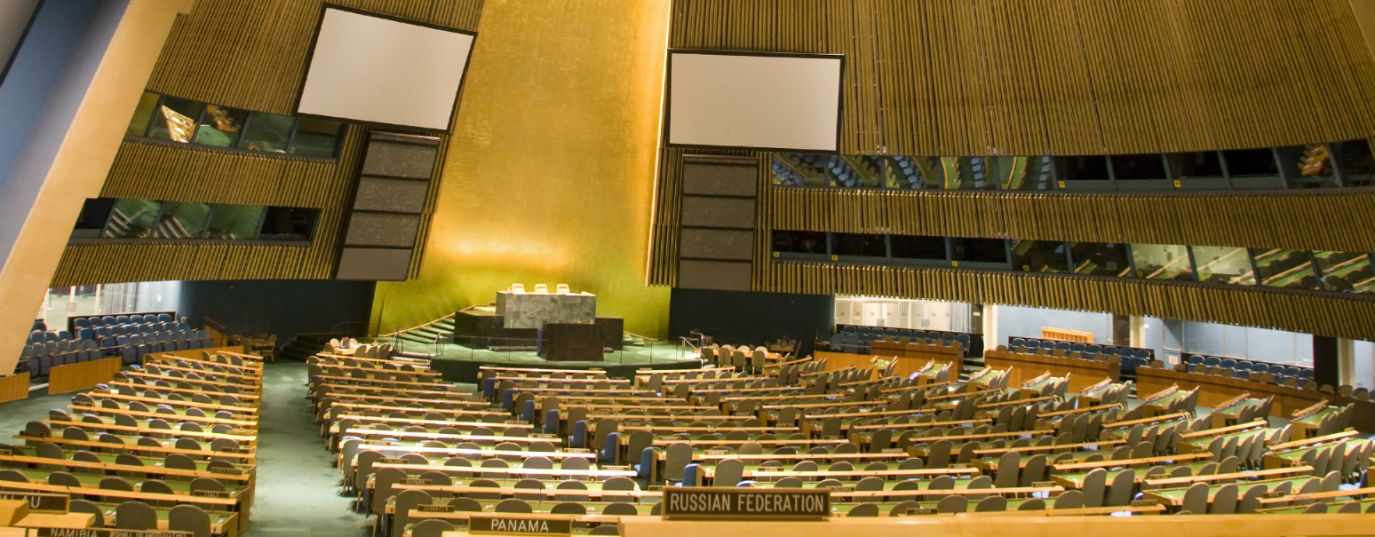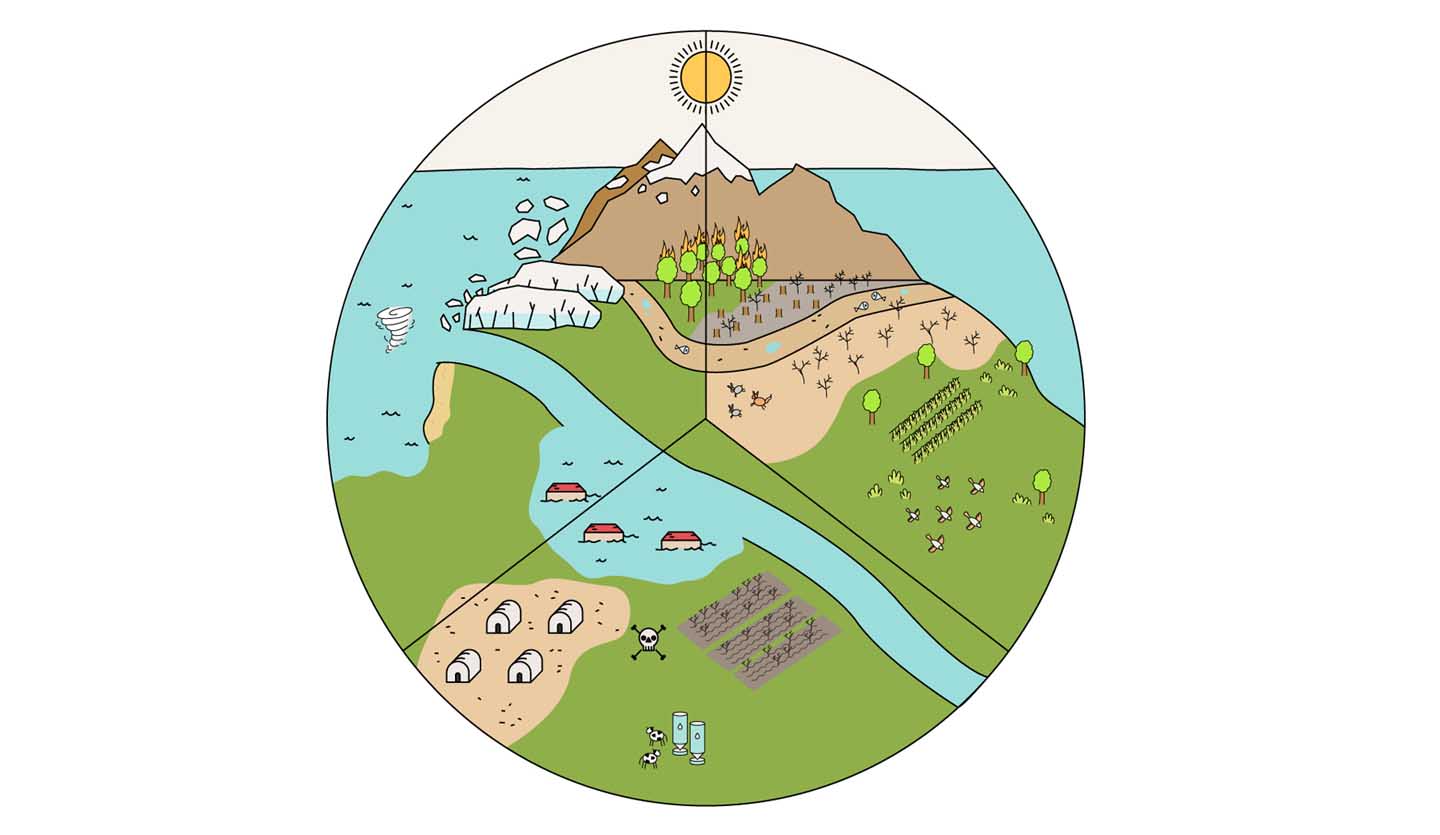COP25 in Madrid: what can we expect from it?
Authoritative science for tackling climate change, and the urgent need to define carbon markets – two key items on the agenda at COP25.
The next Conference of the Parties, COP25, will take place from 2 to 13 December in Madrid, Spain, following the cancellation of the event by Chile just one month before it was due to begin. Santiago, the capital of the Andean country, was to be the host for the next UN climate change summit, but, after people took to the streets and plunged the country into an unprecedented political and social crisis, President Sebastian Piñera called off the summit.
The acting Spanish government proposed Madrid as an alternative to Santiago to hold COP25 and in just 24 hours its candidature was accepted. The Spanish capital has had less than a month to prepare for this huge event, which is normally organized over the course of a year. The importance of the summit for the fight against climate change, however, justifies the huge efforts being made to get everything ready on time.
COP25 in Madrid, the Science Summit
COP25 in Madrid will be one of the most important summits since COP21 in that countries can no longer be seen to be lukewarm about their measures to fight the climate emergency if they wish to comply with the objectives of the Paris Agreement.
It will also probably be the COP most covered by the media to date, not so much for the risks undertaken in changing the venue at the last minute, but because young people have transformed global warming into a social trend thanks to their planet-wide protests against climate change and raised awareness among society as a whole about what governments are doing – or not - to tackle the problem.
To this pricking of the social conscience, add the contribution of the scientific community, which will have a central role at COP25 in Madrid. The latest report by the IPCC (the UN panel of scientists investigating the impacts of climate change), which makes it patently clear that the difference between a 1.5 and 2°C rise in the temperature of the planet is a matter of life or death, has been questioned by some governments. Nevertheless, most of the world’s nations are still committed to taking heed of the warnings of the climate change scientists and the powerful maxim on everyone’s lips: you can’t argue with science.
As such, at COP25 everything is pointing in the same direction, the urgent need to reduce emissions. On the one hand, governments are being urged to work toward achieving the Sustainable Development Goals, above all SDG 13 on Climate Action, an objective contingent on the negotiations at COP and which seeks to mobilize USD 100 billion a year to 2020 with the aim of meeting the needs of developing countries so that they can adapt to climate change and invest in low-carbon systems. And on the other, legislation must ensure that investment is channeled toward more sustainable models in line with the work that the European Union is carrying out using the new taxonomy in which companies are no longer classed so much for their activity but their impact on the environment.
COP25, the final revision before taking the exam in 2020
2020 is a crucial year for the Paris Agreement. Nations must present new plans, the so-called NDCs (Nationally Determined Contributions), guaranteeing the main aim of keeping the planet’s temperature below 2°C with respect to the pre-industrial era, making efforts so that it does not exceed 1.5°C. COP25 in Madrid will be the last conference before this happens. As such, the Parties have the obligation, which can no longer be postponed, to establish clear rules so that the measures signed in the Agreement come into force.
One of the critical points, and most difficult to resolve in COP25, will be the definition of Article 6 of the Paris Agreement, in which the participation of the private sector is essential. The main aim of this article is to construct the basis of an emissions trading system that concludes in a global carbon price, i.e., a market that permits countries to exchange, buy and sell carbon credits and in this way reduce emissions.
Article 6 contains two principal tools to regulate this market, which are due to be discussed at COP25:
- Paragraph 6.2, about the commercialization of emissions, the so-called Internationally Transferred Mitigation Outcomes (IMTO) by which a country that reduces or eliminates emissions can authorize for a number of them to be transferred to another country seeking to fulfill its climate plan targets, how the system should record this to avoid double accounting of emissions, and the presentation of reports.
- Paragraph 6.4, requiring the development of a centralized mechanism accrediting the “legitimacy” of the emission reductions
Nations and companies have said they intend to use the power of the markets to help achieve their NDCs and increase the efficiency of emission reduction processes.
Tweet: Setting a global carbon price to achieve emission reductions will be one of the goals of COP25.
Another question that will take center stage at COP25 in Madrid will be how to tackle the direct consequences of natural disasters, given that there is no form of climate financing covering losses and damage.
Review of the NDCs. How often?
The NDCs are plans by each country which include adaptation and mitigation strategies for climate change. These plans have to be revised as often as necessary (every 5 years) to reach the objective of keeping the planet’s temperature below 1.5°C with respect to the pre-industrial era as recommended by the IPCC.
COP25 also plans to grant time to debate the protection and conservation of forests, oceans and the poles, in the context of the Amazon and its continuous fires, and those in other tropical forests. Another report published recently by the IPCC, warning that the rising sea level will affect 680 million people worldwide, should also be discussed.
In a nutshell, COP25 will be defined by what governments are carrying with them when they arrive at the summit, hopefully suitcases full of the most ambitious commitments to reduce emissions yet seen.
Sources: Climation Action Tracker, World Resources Institute







